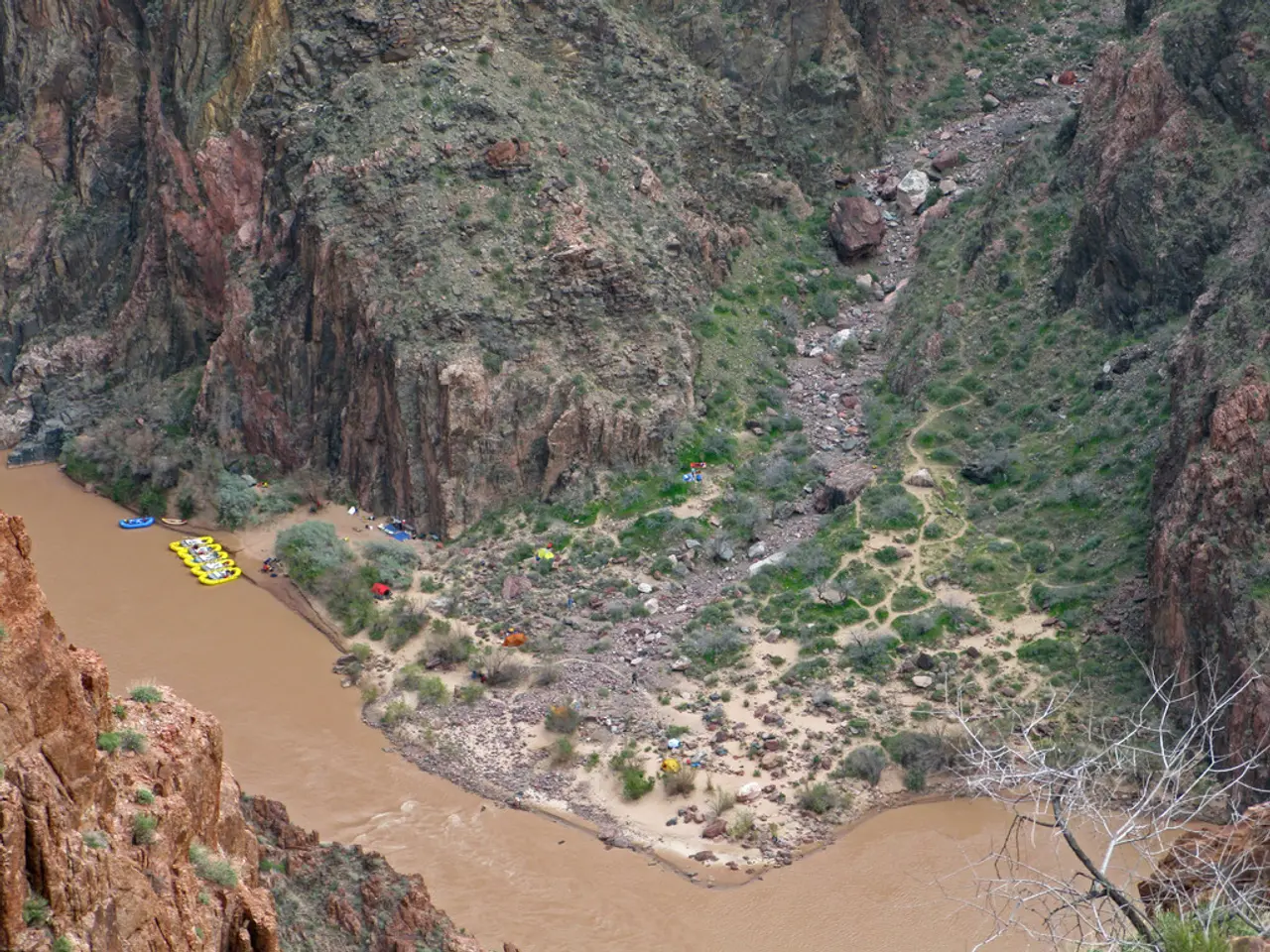death report instigates warning on river safety
In the scenic Ruahine Forest Park, a river crossing tragedy claimed the life of Edward Hearnshaw, a 43-year-old resident of Wellington, during a tramping expedition over the Queen's Birthday weekend last year. The coroner's findings, released recently by Judge Deborah Marshall, serve as a stark reminder for all outdoor enthusiasts to refresh their knowledge on identifying unsafe rivers.
Hearnshaw and his friend, Geoff Simmons, were attempting to cross the Makaroro River when rising water levels, caused by significant rain overnight, made it impossible. Unfortunately, Hearnshaw was swept downstream during the attempt, while Simmons managed to self-rescue.
The Mountain Safety Council (MSC) extends its condolences to Hearnshaw's family, friends, and colleagues. The council, which has a dedicated River Safety Section, urges all to assess the safety of a river before crossing.
River crossings are the second highest cause of fatalities among trampers in New Zealand. Signs of an unsafe river include water moving faster than a normal walking pace, discolored or cloudy water, visible debris, and the sound of rolling boulders. All flooded rivers are considered unsafe by MSC.
MSC Chief Executive advises, "If in doubt, always stay out, even if the river looks low enough to cross. Don't underestimate what it might be like once you've entered." Self-rescues can be difficult in fast-moving, flooded rivers, and the council offers free resources to help people assess river safety and learn how to cross rivers safely.
Since 2007, there have been 21 river crossing fatalities, with 14 related to tramping, 6 related to hunting, and 1 related to trail running. The MSC has a video on how to cross a river and a river safety learning module available on their website.
A picture shows how river levels can change dramatically over 24 hours, emphasizing the importance of careful planning and assessment before any river crossing. Daisley advises spending a night on the riverbank instead of attempting a crossing when river levels are high.
The MSC urges all outdoor enthusiasts to prioritise safety and make informed decisions when venturing into New Zealand's beautiful wilderness. For more information on river safety, visit the Mountain Safety Council's website.
Read also:
- Method for Eradicating Algae and Diatoms in a Reef Aquarium - Copepods as a Solution
- Researchers delve into unexplored territories of cardiovascular wellness with the Apple Watch
- Enhancing Vaginal Health through Probiotics: Top Strains for Maintaining pH Levels
- Uncovered in a Danish cellar, a 130-year-old butter additive harbors bacteria dating back to the 1890s.




